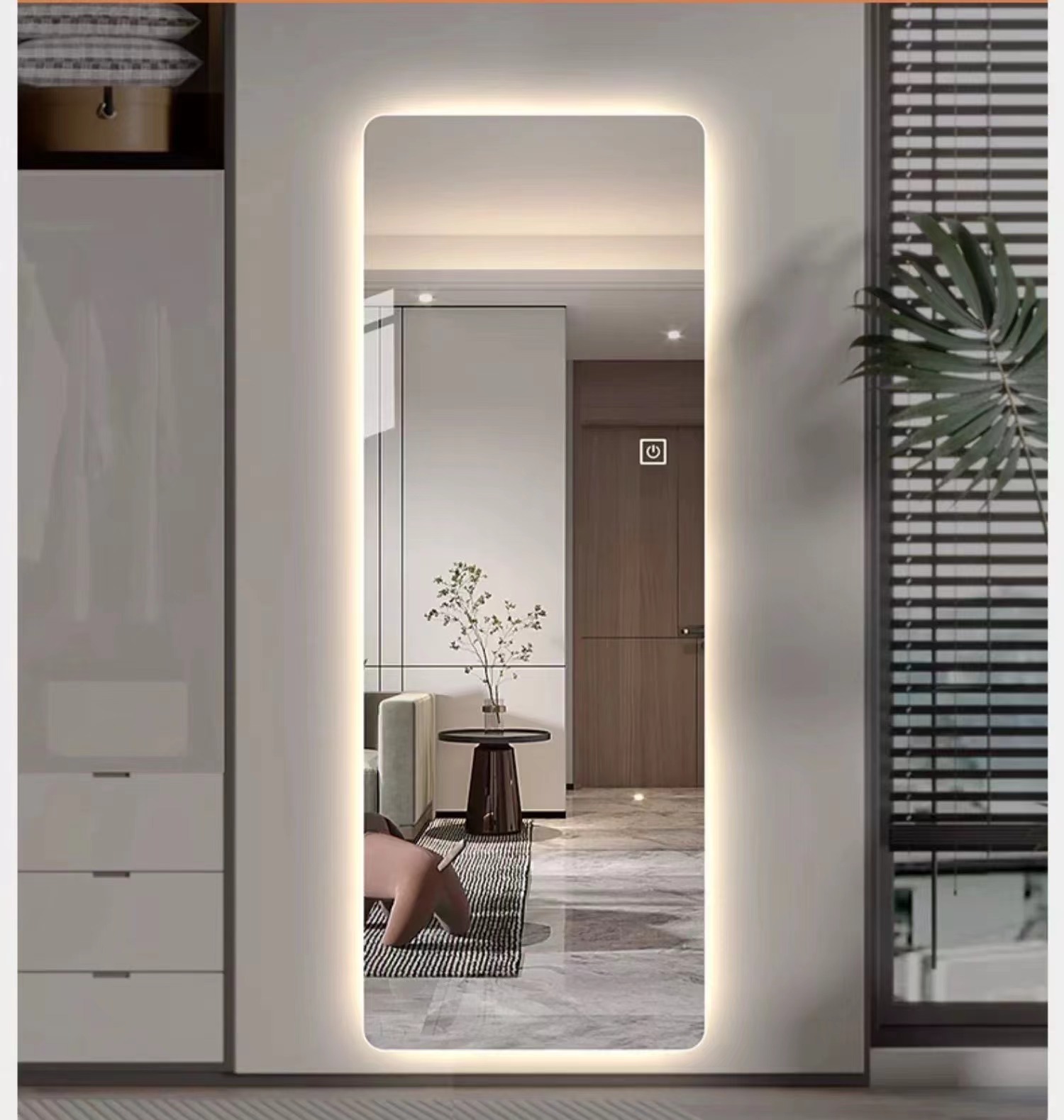

Reflective Grey Glass A Modern Aesthetic Transforming Architecture and Design
In the world of contemporary design, materials play a pivotal role in shaping the aesthetic and functional qualities of spaces. One material that has garnered attention for its versatility and elegance is reflective grey glass. This innovative material, characterized by its sleek finish and reflective properties, has become a favorite among architects and designers seeking to create spaces that are both striking and sophisticated.
Reflective grey glass serves not only as a building material but also as a means of enhancing the overall atmosphere of a space. Its unique color and reflective capabilities allow it to blend seamlessly with various architectural styles while adding a modern touch. Whether used in commercial buildings, residential homes, or creative installations, reflective grey glass offers an exquisite balance of functionality and visual appeal.
One of the most compelling attributes of reflective grey glass is its ability to interact with light. When sunlight strikes its surface, it creates a play of reflections and shadows that can dramatically transform the ambience of a room or an outdoor space. This interaction with light allows architects to manipulate the mood of an environment, creating a serene yet dynamic atmosphere. For instance, in an office building, the use of reflective grey glass can foster a calm, focused work environment while simultaneously providing stunning views of the surrounding landscape.
Moreover, reflective grey glass is highly functional. Its reflective properties can help to reduce heat gain in buildings, making it an energy-efficient choice for both commercial and residential applications. By minimizing the need for artificial lighting during the day and reducing dependency on air conditioning, this material contributes to sustainable building practices. This aspect is increasingly significant in a time when environmental concerns are at the forefront of architectural design.
In residential settings, reflective grey glass can enhance the beauty of homes while providing privacy. For instance, large glass panels can be used in facades to create a harmonious connection between indoor and outdoor spaces. Homeowners can enjoy unobstructed views of nature while remaining shielded from the prying eyes of neighbors. This duality makes reflective grey glass exceptionally appealing for those seeking to create a tranquil retreat without sacrificing style.

The aesthetic versatility of reflective grey glass extends to its application in furniture and decor. Designers are increasingly incorporating this material into elements such as tabletops, cabinetry, and light fixtures. It adds a layer of sophistication and modernity, enriching the overall design language of interiors. In spaces where maintenance is a concern, the resilience of grey glass makes it a practical choice, as it is easy to clean and resistant to staining.
Installation of reflective grey glass requires expert craftsmanship to ensure that the material is handled properly. The glass must be treated with care to maintain its reflective qualities and durability. Hiring skilled professionals familiar with modern glass installation techniques is critical to achieving the desired aesthetic and functional outcomes.
Furthermore, the popularity of reflective grey glass has also spurred innovation in glass technology. Advances in coatings and treatments have enhanced its reflective properties while providing additional functionalities, such as UV protection and increased thermal efficiency. This evolution has ensured that reflective grey glass remains relevant in a rapidly changing design landscape.
Looking towards the future, the potential for reflective grey glass is vast. As urban environments continue to expand, the demand for striking architectural solutions will persist. Reflective grey glass stands at the forefront of this demand, offering a sleek, modern solution that meets both aesthetic and functional needs. Architects and designers will continue to explore its possibilities, pushing the boundaries of creativity while embracing sustainability.
In conclusion, reflective grey glass represents a confluence of style, functionality, and sustainability in modern design. Its reflective properties not only contribute to energy efficiency but also enhance the visual experience of any space. As we embrace a future where design increasingly intertwines with environmental consciousness, reflective grey glass will undoubtedly play a significant role in shaping our built environment. Its application will continue to evolve, making it an exciting material to watch as we step into a new era of architectural innovation.